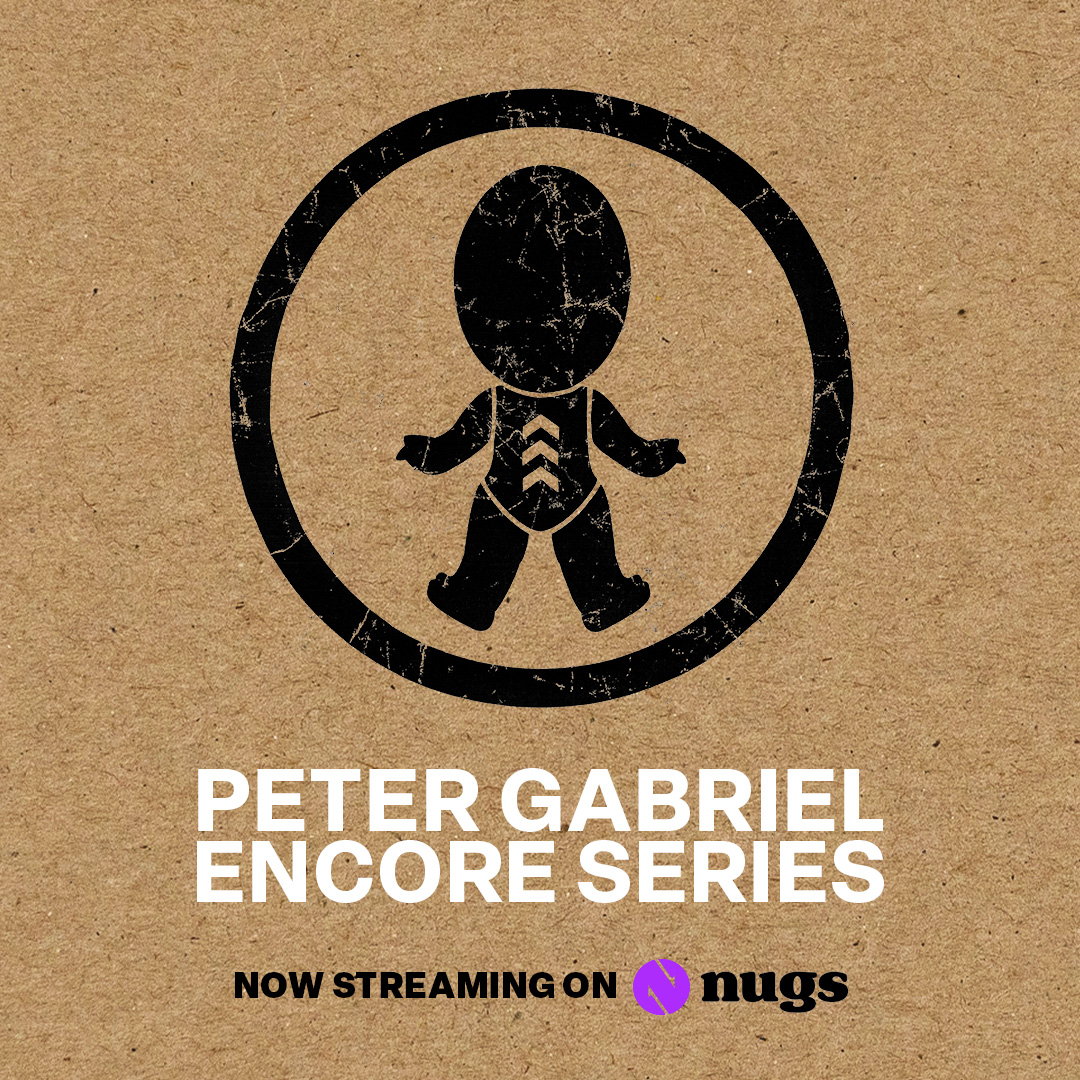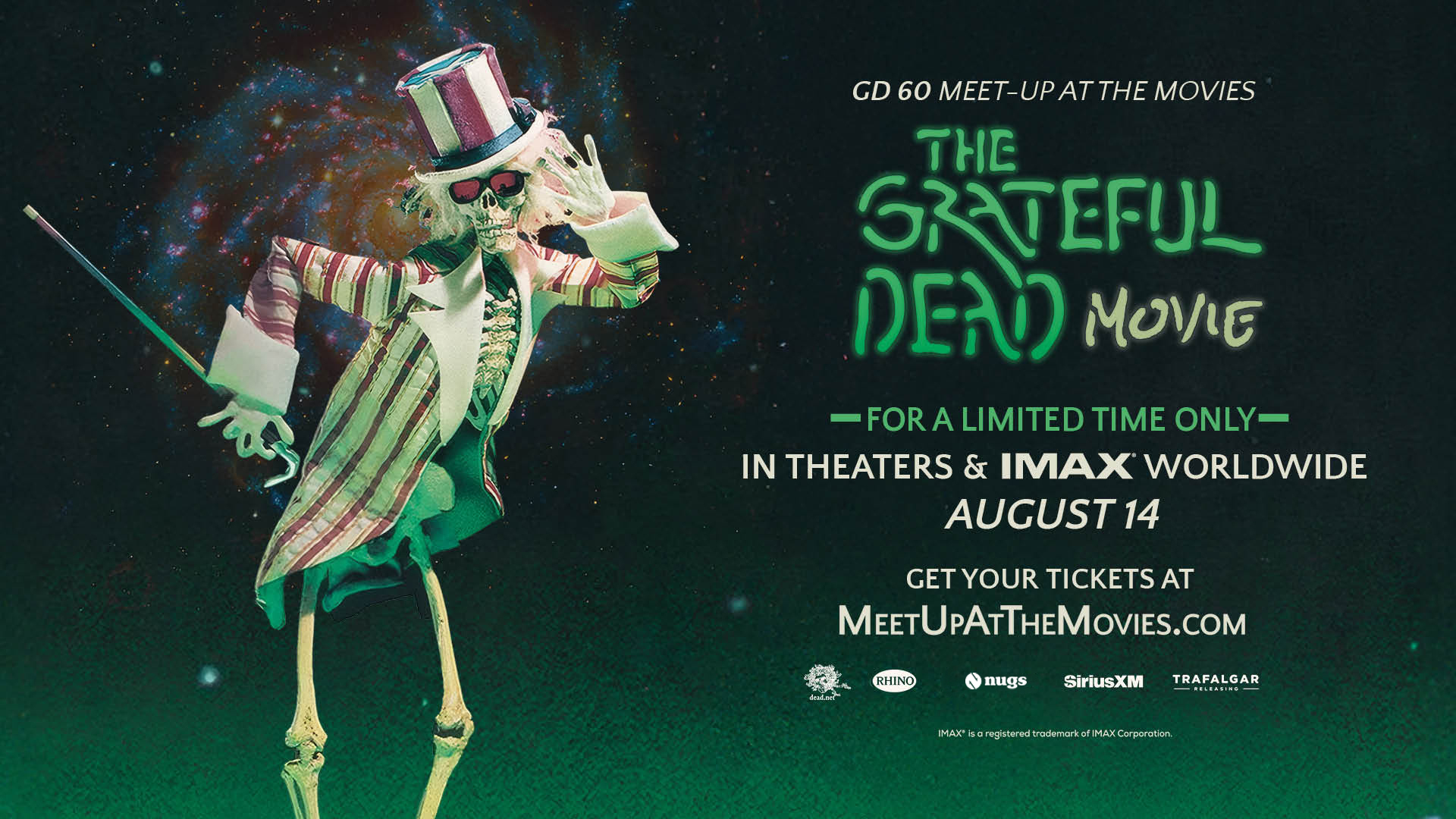Lossless Streaming Guide: Is Streaming Lossless Audio Worth It?
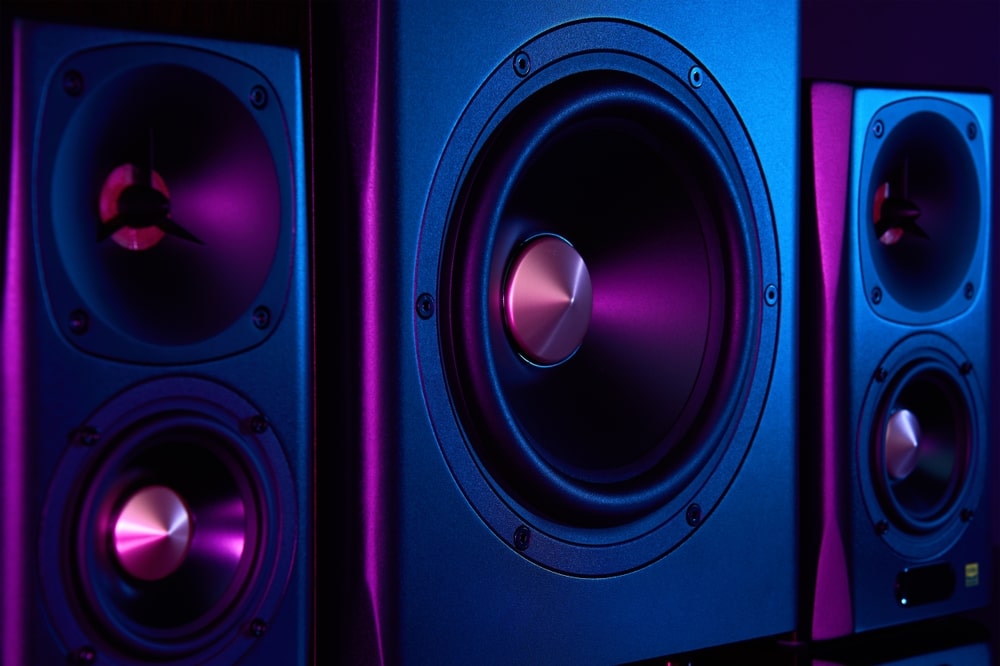
So you’re a fan of live music – which means you’re probably looking for the most authentic listening experiences you can find. Luckily, nugs.net and lossless streaming has you covered. In this comprehensive guide, we’ll dive into the world of lossless audio and help you weigh the pros and possible cons to investing in high-quality lossless audio to satisfy your live music cravings.
What is Lossless Audio?
Simply put, lossless audio is one of the best music formats available. It provides an audio experience that truly immerses you in your favorite live performances, feeling as though you’re right there in the moment. Every instrument, voice, and subtle inflection is captured with utmost precision. This remarkable achievement is made possible by compressing music without sacrificing any of its original sound data.
Standard formats, like MP3, are commonly referred to as “lossy” due to their ability to reduce file sizes by discarding certain data. Unfortunately, this compression technique doesn’t always provide the highest level of audio quality for real audiophiles. On the other hand, there are lossless formats such as FLAC (Free Lossless Audio Codec), ALAC (Apple Lossless Audio Codec), and MQA (Master Quality Authenticated audio) that prioritize preserving the integrity of the audio. Opting for these formats allows you to experience music in its intended form, capturing the essence envisioned by the artists.
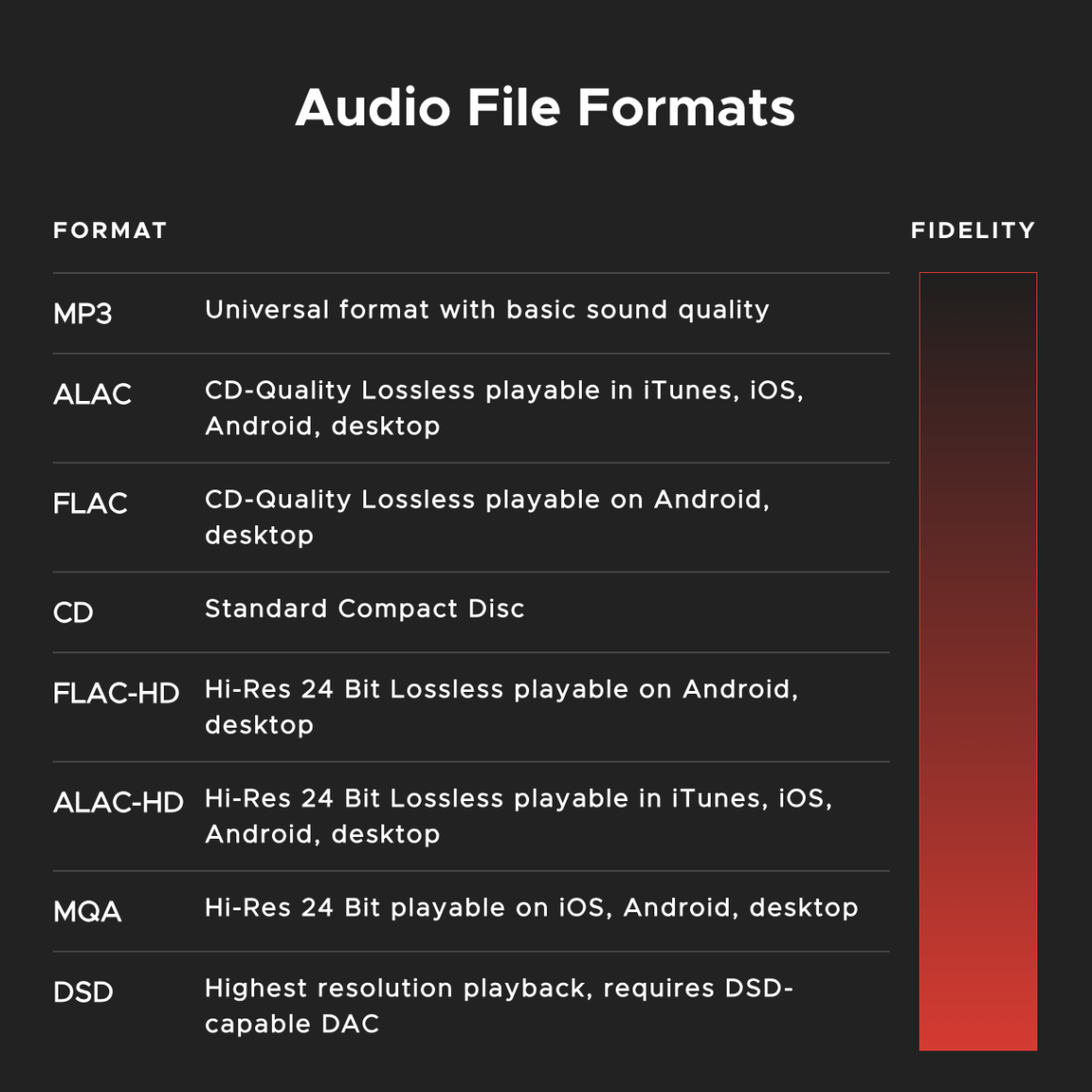
How to Stream Lossless Music
Streaming lossless music involves playing audio files in a format that preserves all the data from the original recording. This ensures better fidelity and sound quality compared to lossy formats like MP3. To enhance your listening experience, choose Hi-Fi streaming for a superior sound quality compared to compressed formats. This can provide superior sound quality compared to more compressed formats.
To ensure the perfect fit for your preferences and needs, you’ll want to assess factors like the size and range of the audio service’s library, the level of audio fidelity, device compatibility, available pricing options, and any additional features it provides. Picking the right platform can be the first step in finding the quality audio you’re looking for.
To optimize your streaming experience, it’s also important to understand and adjust the quality settings for playback accordingly. After subscribing to an audio service, make sure that you select the “lossless” option in the app or service configurations. Look for terms like “Hi-Fi,” “High-Resolution,” or anything similar as these are commonly used terms to get the best audio quality possible.
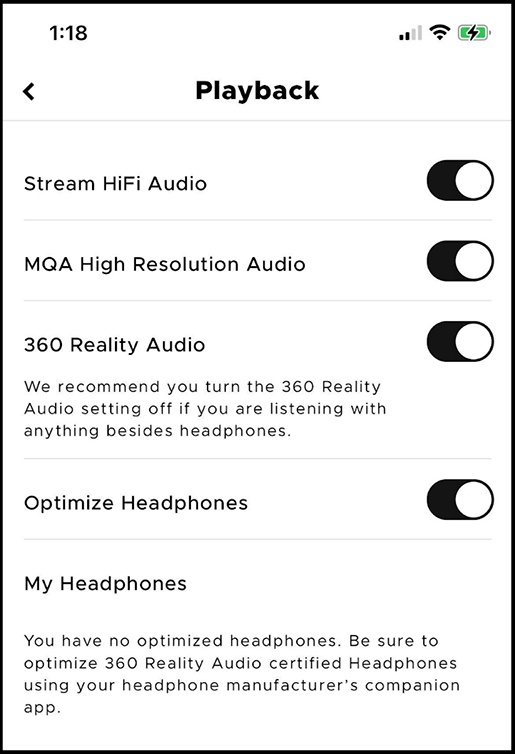
When it comes to streaming lossless audio files, a stable internet connection is another crucial element. Unlike their smaller and compressed counterparts, lossless files require a more robust connection because the file tends to be larger than their lower-quality counterparts. To ensure uninterrupted playback and avoid frustrating buffering (does anybody really like buffering?), make sure you have a fast and stable internet connection at your disposal.
If you’re a true audiophile, you may want to consider using an external Digital-to-Analog Converter (DAC) with your playback device to get the most out of your listening experience (this is especially true for formats like MQA, or Master Quality Authenticated audio). This optional addition often provides even better sound quality compared to the built-in DACs commonly found in consumer devices. It may be another investment, but it’s one that can boost your audio quality for a long time.
Once you’ve covered all of these steps, all that’s left is to search for and play your favorite tunes. With everything set up, you can start streaming high-quality music without any loss in sound fidelity and hear everything as if you were at the show yourself. And that’s what we’re here for!
Consider the Pros and Cons of Lossless Streaming
The Obvious Pros
Impeccable Audio Quality: Lossless streaming offers an exceptional advantage to other formats – unmatched audio quality. The term ‘lossless’ can be a little confusing, but it really just means that the compressed audio retains its original high quality. This creates a listening experience that’s remarkably rich and detailed. Picture yourself immersed in the vibrant energy of a live audience, surrounded by echoes of instruments and the textural beauty of voices. It’s almost as if you’re attending the concert itself.
Audiophiles Rejoice: Lossless audio is a true delight for those who appreciate intricate details, nuanced layers, crystal-clear high notes, and deep bass. In essence, lossless audio offers unfiltered richness without compromise. The vibrancy and clarity elevate it as the ultimate choice for music fans with discerning ears who yearn for unparalleled acoustic perfection.
Preserving Artist Intent: By opting for lossless streaming, you can immerse yourself in music in its purest and most authentic form. This is especially important for those seeking a profound connection with the music they listen to. Artists pour their heart and soul into their performances, and lossless audio guarantees that every nuance and emotion are faithfully preserved (audio formats designed especially for headphone-users, like 360 Reality Audio, are a good example of this dedication). That means for you as the listener, you’ll enjoy an incredibly immersive and emotionally enriching experience.
Some Possible Cons
Higher Subscription Fees: Naturally, high-quality services come with a price. Lossless streaming platforms can sometimes require higher subscription fees compared to their standard counterparts – but as in all things musical, you tend to get what you pay for. Higher quality audio generally improves your overall experience, and you’ll often notice subtle elements of the audio that other formats can lead you to miss out on. Be sure to consider whether the enhanced audio quality justifies the additional cost based on your listening preferences.
Increased Data Usage: Keep in mind that lossless audio files retain all the details of the original recording, which usually makes them larger in size. As a result, streaming lossless audio can consume more data. This aspect is particularly important to consider if you have limited data plans or if you enjoy listening to music while on the go (but it’s not an issue when you’re on a solid wi-fi connection).
Dependence on Equipment: To truly appreciate the marvels of lossless audio, you’re going to want to have high-quality audio equipment. Sadly, with all the options on the market today, ordinary headphones might not do justice to the high-resolution audio you’re investing in. It’s often necessary to invest in a good pair of headphones or a decent sound system in order to make the most of the lossless experience.
Verdict: Is lossless audio worth it?
Deciding whether lossless audio is worth it is a big thing to consider, in the same way listeners have their individual music preferences. For audiophiles with a discerning ear who appreciate unraveling the intricate layers in a track, lossless audio is about as good as it gets. The pure and high-fidelity sound can be a transformative experience, especially for those willing to invest in a HiFi subscription and higher-end audio equipment. It’s the next best thing to being at a show in person.
For those seeking an affordable option without compromising on audio quality, nugs.net’s Hi-Fi streaming tier is worth considering. As you explore our vast catalog of professionally-mixed concert recordings, you’ll find artists from Bruce Springsteen to Pearl Jam, Dead & Company, Metallica and more with a wide range of format offerings from MP3 to FLAC, ALAC, MQA, and even DSD and 360 Reality Audio. Learn more and sign up today!
